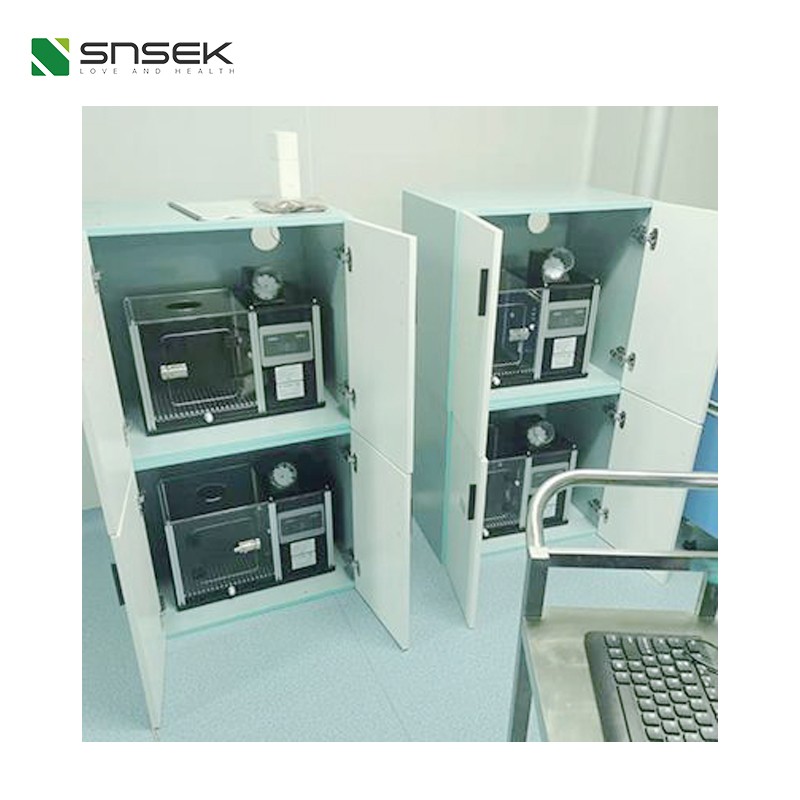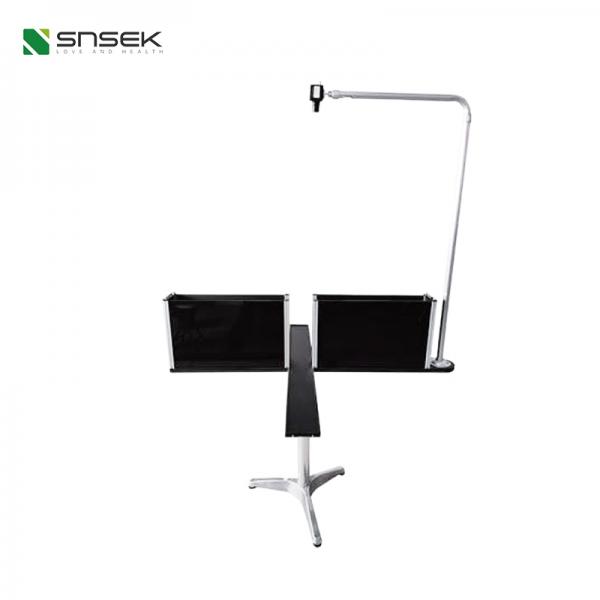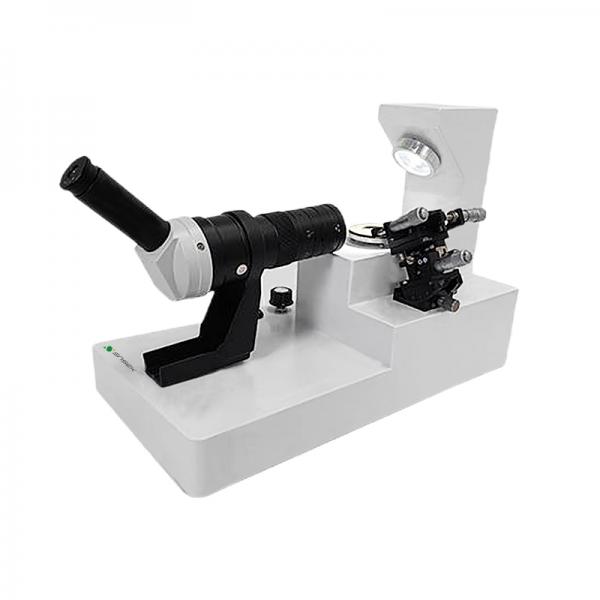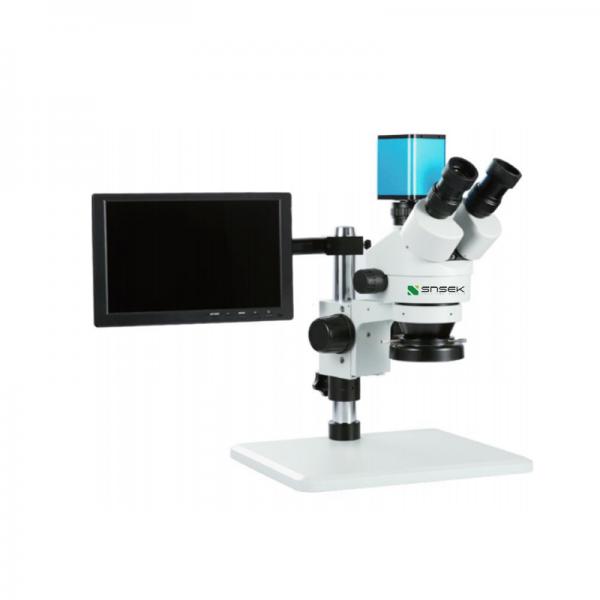Snsek-SA-SBT Networked Skinner Box Experimental System
- Product Item : Snsek-SA-SBT Networked Skinner Box Experimental Sy
- Category: Behavioral Products
Brand: Penncentury SNSEK
Model: Snsek-SA-SBT
The networked Skinner box experimental system is a psychology experimental device. It was invented by behaviorist Skinner in 1938 and used in animal manipulation conditioning experiments. Its basic structure: there is a lever (mostly a metal plate) on one side of the box wall that can be pressed, and next to the lever there is a small box that holds food close to a small hole on the box wall. Outside the small hole is a food releaser, which contains granular food. When the animal presses the lever in the box, a grain of food falls into the small box from the small hole, and the animal can eat it. A white mouse was put into the box after fasting for 24 hours. At first, it explored the box and occasionally pressed the lever to get a food pellet. The white mouse may not notice the food falling at first, but after several repetitions, it formed a conditioned reflex to press the lever to get food. Later, there were slight improvements, such as external soundproof box, food release device controlled by program, etc., which can test whether the animal can learn to press the lever three times to get food, or press the lever at a certain interval to get food. The design is slightly different for animals of different species. This device is actually an improvement on the Thorndike puzzle box and was later used in psychological research such as studying animal learning ability, self-stimulation, and cooperative behavior. The system has adopted electronic circuits, making it more convenient to use.
The networked Skinner box experimental system is a new generation of network system design. Its advantage is that the Skinner box does not need to be connected through signal lines. When multiple channels work simultaneously, no wiring is required and only the power supply needs to be plugged in, making the laboratory more concise. The device comes with an Internet of Things chip module that can realize automatic networking, allowing users to view the working status of the device anytime and anywhere. The software is set in the cloud, maintenance-free, and free of the trouble of software updates caused by computer upgrades. The system supports desktop computers, notebooks, tablets, mobile phones and other devices. It can also meet the development requirements of informatization and networking, and realize a paperless experimental report process.
|
Parameter |
Specification |
|
Animal Area Dimensions |
Rat: 310×265×300 mm |
|
Overall Chamber Size |
Rat: 510×290×400 mm |
|
Channel Capacity |
1–256 channels (selectable) |
|
Trigger Methods |
Lever press / Nose poke (selectable) |
|
Pellet Dispenser |
Pellet size: 3–6 mm |
|
Water Delivery |
Syringe pump (optional; precision: ±0.01 ml) |
|
Feeding Trigger Timing |
10 ms–9000 sec (adjustable) |
|
Reinforcement Schedules |
Fixed Ratio (FR), Progressive Ratio (PR), Cumulative, Conditional Tasks |
|
Power Supply |
Device: 12V/2A DC |
|
Lever Size |
Rat: 40×40 mm |
|
Conditional Stimuli |
Chamber light + RGB LEDs (Red/Green/Yellow) |
|
Levers per Chamber |
2 |
|
Data Recording |
Independent pulse signal recording per channel |
INQUIRY
CATEGORIES
LATEST NEWS
CONTACT US
Name: Jeff Chi
Mobile:+86 15151583697
Tel:+86 18762428717
Whatsapp:+86 18762428717
Email:info@snsek.com
Add:No.11 Tiyu Lane Yangshe Town Zhangjiagang City Suzhou City Jiangsu Province China





